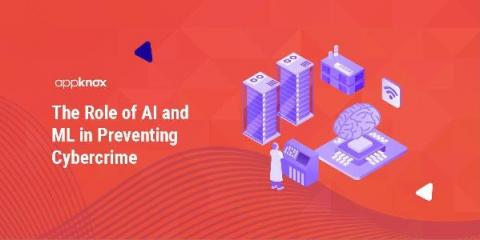Clinical Trial Diversity and Accessibility: Managing the Data Demands
As the pharmaceutical industry seeks to improve health outcomes globally, a critical area of investment is increasing participant diversity. We know that gender, age, and race have profound effects on the way pharmaceuticals are metabolized. That is why the FDA has been encouraging diversity in clinical trials for years, although without mandate nor incentive. The burden has largely fallen on industry groups to work out the how.










